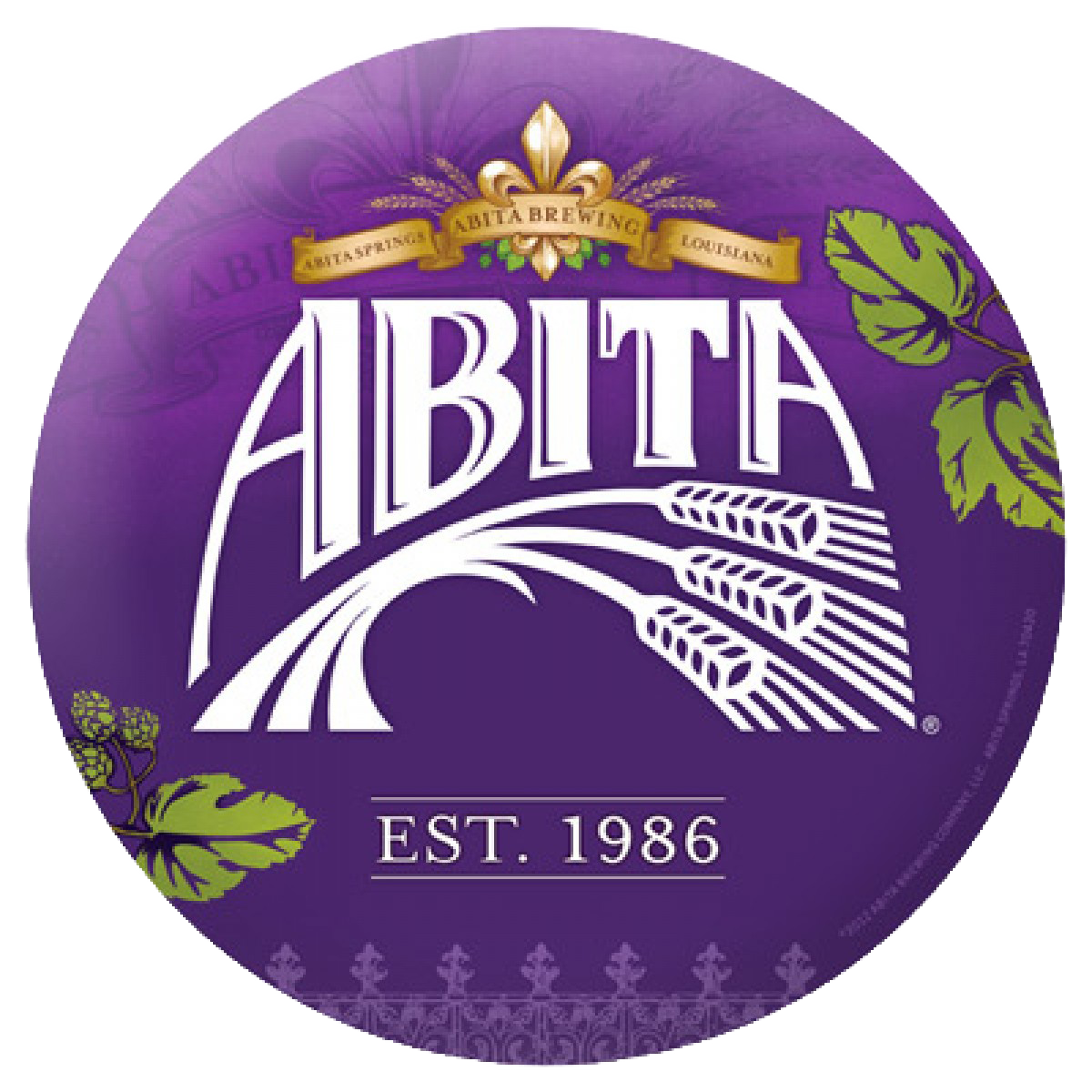Histamine Poisoning
& Hello Fresh
HISTAMINE POISONING
WHAT YOU NEED TO KNOW

WHAT IS HISTIMINE
WHAT ARE SYMPTOMS OF HISTAMINE POISONING?
HOW DO FOOD COMPANIES CONTROL HISTAMINE FORMATION?
Histamine formation is commonly prevented by controlling the temperature of the scombrotoxin-forming fish from harvest on the fishing vessel all the way through the supply-chain until it is purchased by the consumer. A prudent processor should only purchase fish from an approved supplier who has demonstrated a good history of controlling histamine formation in fish and has a documented temperature control system.
Processors and distributors can also rely on sensory evaluation of fish upon receipt to screen for signs of spoilage, which is a common indicator of time-temperature abuse and possible histamine formation. Chemically testing for the presence of histamine is another way to screen fish upon receipt.
HOW WE HELP WITH HISTAMIE POISON PREVENTION
It all starts with education. Our Seafood HACCP training course provides attendees with the knowledge necessary to prevent histamine formation (Scombrotoxin). We show students how to properly utilize the Fish and Fishery Products Hazards and Controls Guidance to identify hazards associated with specific species of fish. We then discuss how to develop control strategies for proper monitoring of critical limits to keep seafood products safe.
For more information on preventing histamine poisoning, feel free to contact us or register for one of our upcoming Seafood HACCP courses.
About the author

Lance Roberie
Food Safety Consultant and TrainerLance Roberie has over 26 years of quality assurance and food safety experience within the food industry. Mr. Roberie holds the following certifications:
- Certified Food Safety HACCP Manager
- Preventative Controls for Human Foods (PCQI) Lead Instructor
- Meat & Poultry and Seafood HACCP Lead Instructor
- FSPCA Food Defense (IAVA) Lead Instructor
- ASQ Certified Manager of Quality & Organizational Excellence
- ServSafe Instructor and Exam Proctor
- Internal Auditor and GFSI Specialist
Lance and the Food Safety & Quality Services’ training curriculum will advance your team's food safety knowledge through certified training, consulting, and “real life” industry scenarios.
upcoming Classes
January 27, 2026 08:00 AM - January 29, 2026 05:00 PM
January 21, 2026 09:00 AM - 04:00 PM
January 22, 2026 09:00 AM - 03:00 PM
Need a Food Safety Specialist?
Free 15 Minute Consultation.Learn how we helped Abita Brewing Company pass their first food safety audit with an A grade.

